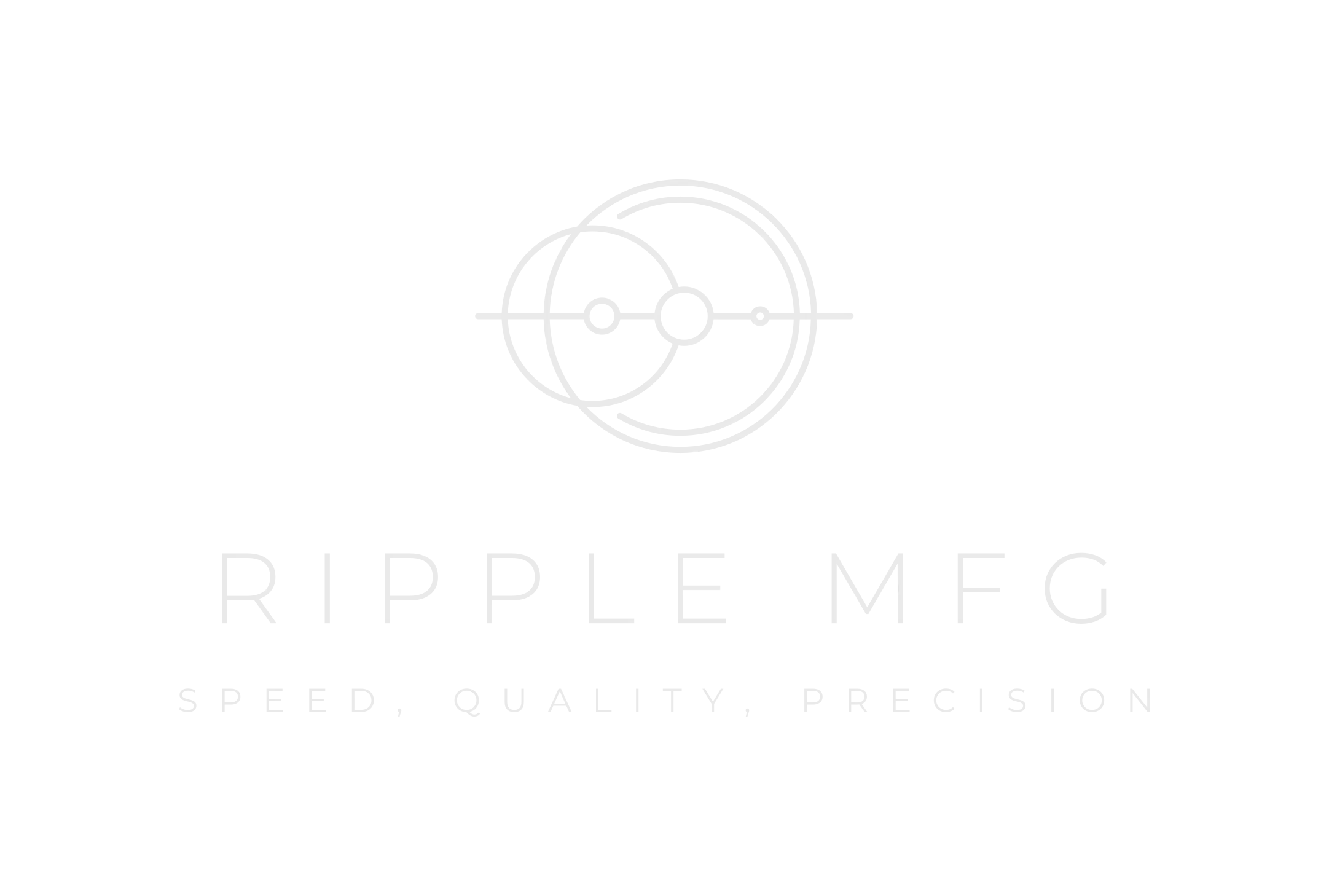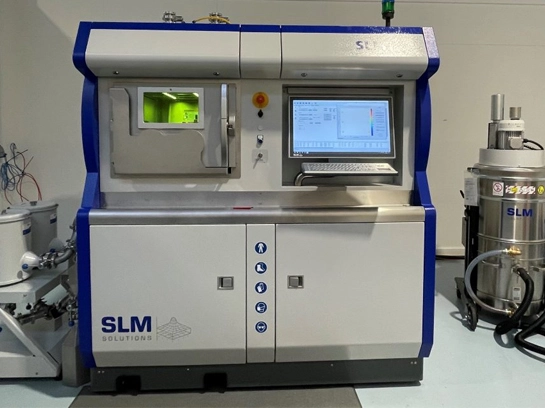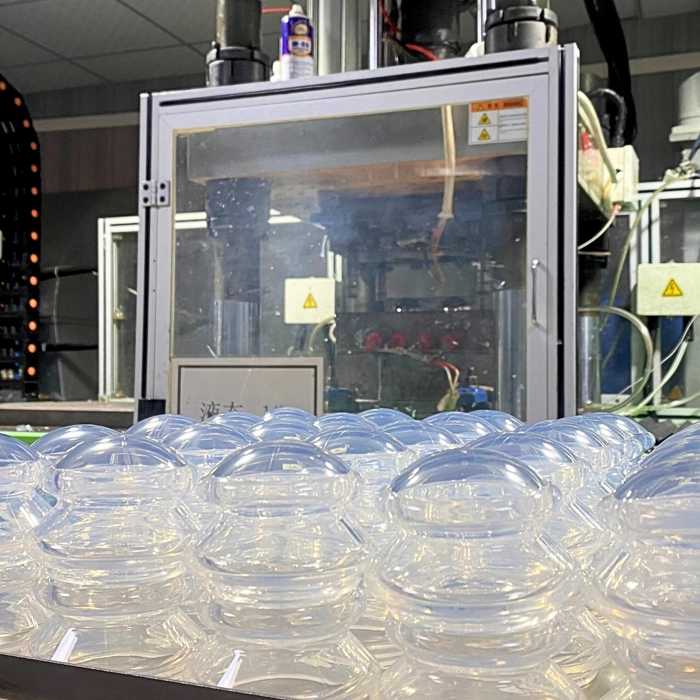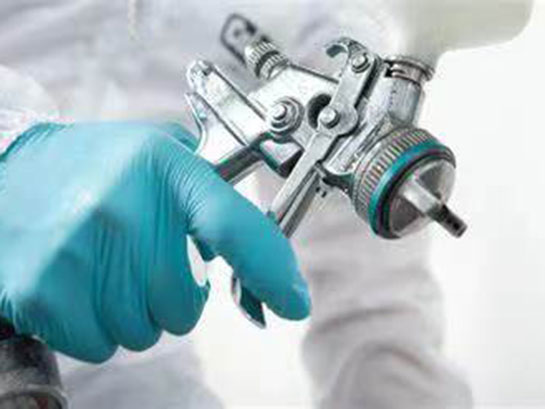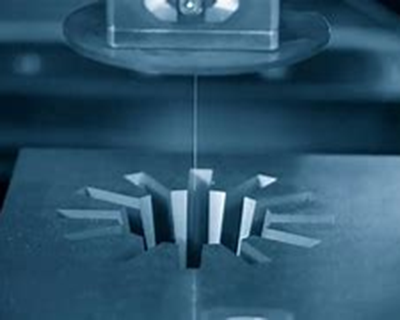Introduction to Injection Molding
Injection molding is also known as injection molding, which is a kind of injection and molding method. The advantages of injection molding method are fast production speed, high efficiency, automatic operation, variety of colors, simple to complex shapes, large to small sizes, accurate product sizes, easy to update products, and the ability to form complex shaped parts, injection molding is suitable for mass production and complex shaped products and other molding processing fields.
History Of Injection Molding
In 1868, Hyatt developed a plastic material that he named celluloid. CELULU had been invented by Alexander Parkes in 1851. Hyatt improved it so that it could be processed into finished shapes. Hyatt, together with his brother Isaiah, registered the patent for the first plunger injection machine in 1872. This machine was relatively simple compared to the machines used in the 20th century. It operated basically like a giant hypodermic needle. This giant needle (diffuser cartridge) injected plastic into the mold through a heated cylinder. World War II in the 1940s created a huge demand for inexpensive, mass-produced products. In 1946, American inventor James Watson Hendry built the first precision injection molding machine, which allowed for more precise control of injection speed and quality of the items produced. This machine also allowed materials to be mixed prior to injection so that colored or recycled plastics could be thoroughly mixed for injection into virgin material. 1951 saw the development of the first screw injection machine in the United States, which was not patented, and this device continues to be in use. In the 1970s, Hendry went on to develop the first gas-assisted injection molding process and allowed the production of complex, hollow products that cooled quickly. This greatly increased design flexibility as well as the strength and endpoint of manufactured parts while reducing production time, cost, weight and waste.
- What is the Tolerance of a 5 Axis CNC Machine?September 19, 2023What is 5 Axis CNC Machining?5 axis CNC machining is a type of computer-controlled machining that uses five axes of motion to cut and shape materials. The five axes allow for greater flexibility and p...view
- What Are The Characteristics Of Precision CNC MachiningFebruary 27, 2023First, precision CNC machining process is concentratedCNC machine tools generally with automatic tool changer, tool magazine, tool change process automatically controlled by the program, therefore, th...view
- Benefits of Custom Rapid Prototyping ServicesMarch 19, 2024In today's fast-moving industrial sector, custom rapid prototyping services have become an important tool for many companies to enhance the competitiveness of their products and accelerate the pac...view
- Custom Prototyping Services: The Key Bridge of Product DevelopmentJune 14, 2024In the journey of product development, prototyping occupies a crucial position. It is not only a bridge between design and actual manufacturing but also the first step in turning creativity into reali...view
- Applications of Precise Tool and ManufacturingSeptember 14, 2024About Ripple MFG's Precision Toolings ServicesAccording to Ripple MFG's global service strategy, it is dedicated to providing precision plastic injection molding services including...view
- Small Parts, Big Impact: Precision Prototyping Machining in Micro ManufacturingOctober 27, 2023In the realm of manufacturing, precision is the name of the game. Nowhere is this more evident than in micro manufacturing, where the creation of tiny, intricate components is crucial for a wide range...view
